October is Archives Month!
Posted by Jane Metters LaBarbara.October 14th, 2019
Blog post by Lori Hostuttler, Assistant Director, WVRHC. Photographs by Jessica Eichlin, Reference Supervisor.
October is Archives Month and the occasion has caused me to reflect on the work we do at the West Virginia & Regional History Center. I often give tours and lead classes where I have a short amount of time to relay all the moving parts that makes us a thriving archive. In this blog post, I hope to do the same: provide a short overview of the myriad activities that comprise the important work we do.
The Center’s mission is straightforward, “to preserve and provide access to materials that document the history of West Virginia and the central Appalachian region.” To accomplish this mission, Center staff are working both behind the scenes and out in front with the public. All of the work is interconnected though. For example, the work of processing archivists directly impacts how public service staff do their jobs. It is a simplification to classify these activities as behind and in front, but it helps to organize many tasks that are happening all at once.
Behind the scenes, our curators and administrators add to the Center’s holdings by working with donors to bring in collection materials. Sometimes that is a small collection of one or two items or a couple of boxes; other collections can consist of hundreds of linear feet of material. Additionally, some of the content we acquire is “born digital.”
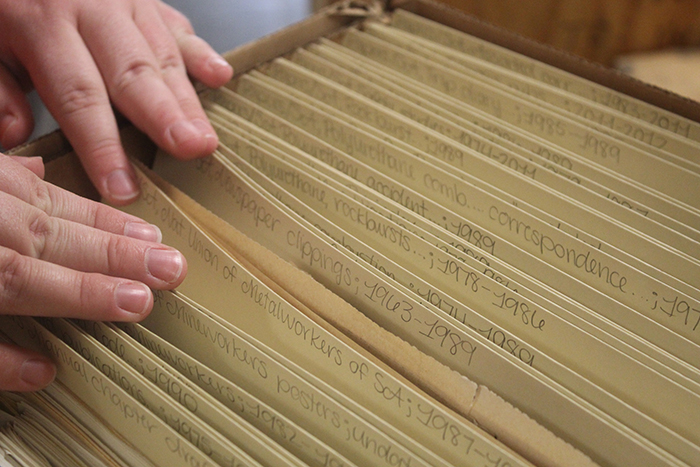
Once archival collections are here, archivists work on arranging and describing the contents of the collection. They try to maintain the original order of materials or create order if necessary. They make decisions about what to keep and what to let go (this also happens in the acquisitions and donor relations steps.) Archivists then create finding aids, the descriptive texts that provide context about the collection and a list of contents to help navigate through the materials. Preservation measures are undertaken in this process as well. Items are placed in acid free folders and boxes and stored in areas with regulated temperature and humidity. For digital items, there are specific preservation methods.
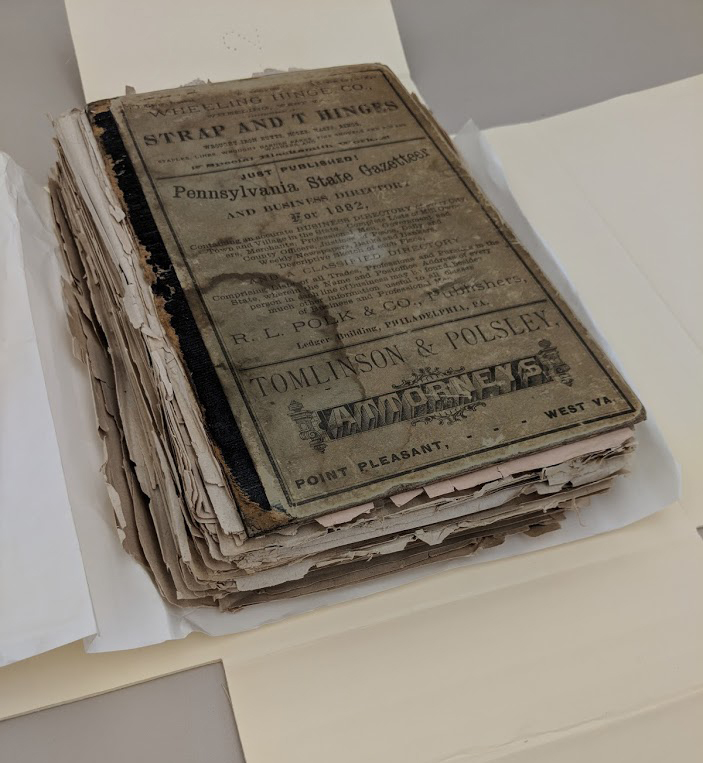
In addition to archives and manuscript collections, curators are also selecting books, periodicals, and printed ephemera to add to the collection. They work with the library cataloging department to make them discoverable in the library catalog or they create index records themselves.
Digitization is also part of the work at the History Center. Collections can be scanned for both preservation and access. If something is fragile, then we might digitize so that surrogate copy is available when the original can no longer be handled. The Center has also created digital collections of scanned items for access such as the West Virginia History OnView online photographs database. Center employees create metadata, or descriptive information, about the digital materials.
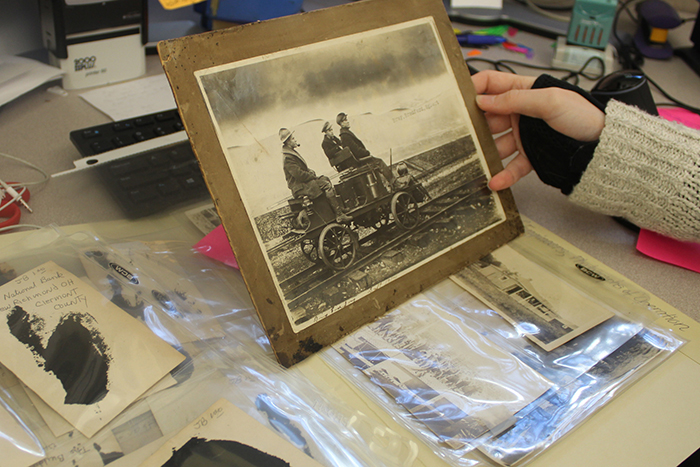
On the public side, Center staff work closely with researchers to help them find and use our collections. They help answer questions from people who come in person and those that call or email. They interact with students, local historians, genealogists, journalists, and scholars from WVU and across the globe.
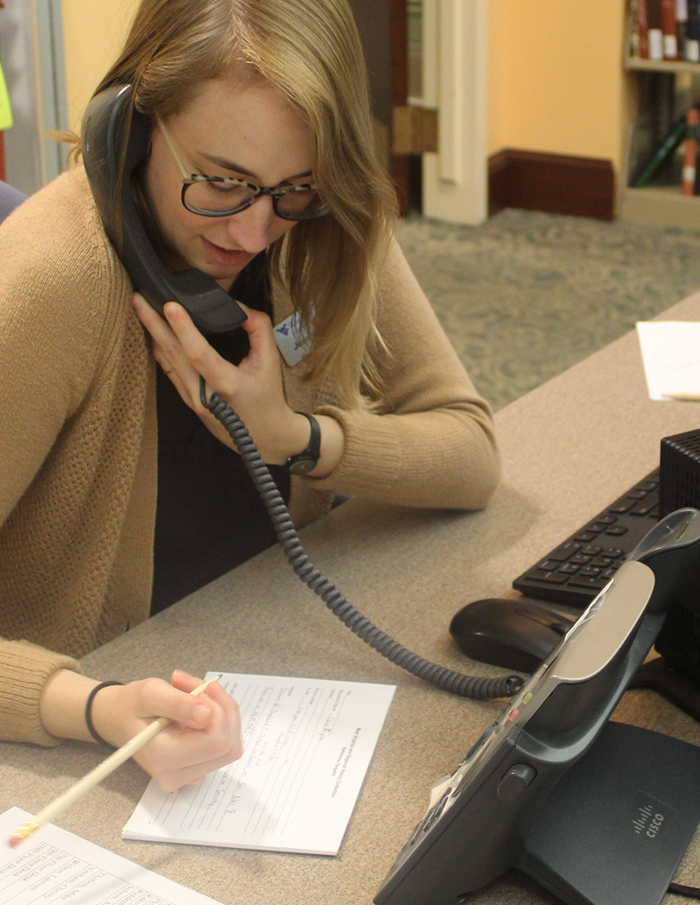
Instruction is a part of the work of the History Center. Archivist and curators regularly teach classes featuring collections. WVU students studying History, English, Art, Geography, Women and Gender Studies, Mathematics, Education and other disciplines visit the Center as part of their courses. Classes from West Virginia public schools also spend time at the Center learning about archives.
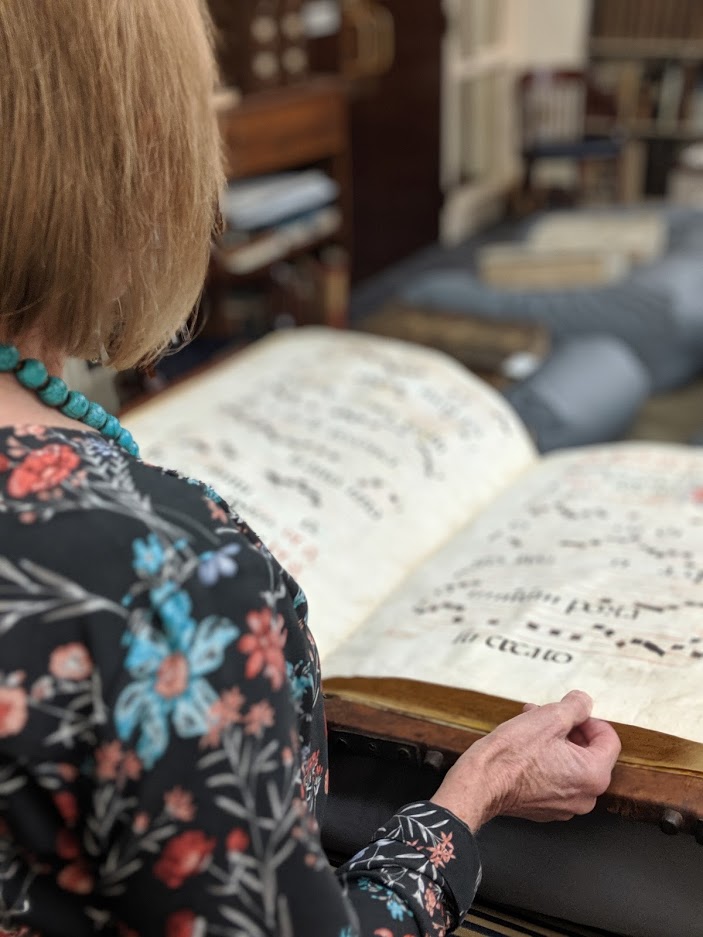
History Center staff also go out into the community to do outreach. They give talks at history roundtables, historical societies, and other historical organizations such as the Daughters of the American Revolution.
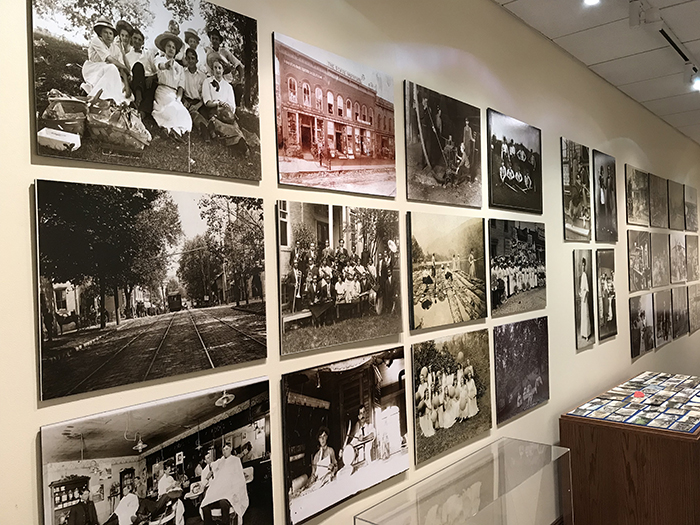
“Picturing West Virginia: Early Photography in the Mountain State.”
Another way the Center shares collections with the public is by creating exhibitions. The annual West Virginia Day exhibit opens every year on June 20 and stays up until the following May. Exhibits featuring items from our political collections can be found in the WVU Libraries Rockefeller Gallery. Additional exhibitions on a variety of subjects including rare books take place throughout the year.
This generalized overview just scratches the surface off all the activities that take place in the archives. It is all done by excellent staff members who are dedicated to preserving and sharing our history! We invite you to celebrate Archives Month with a visit to the West Virginia & Regional History Center.





